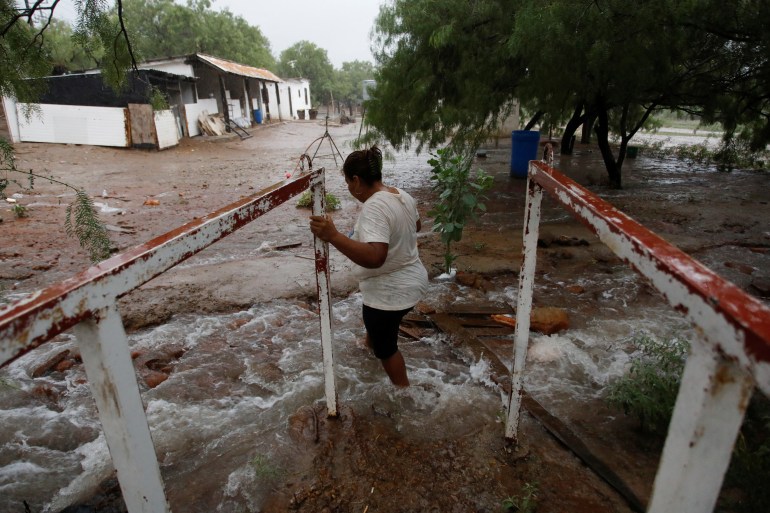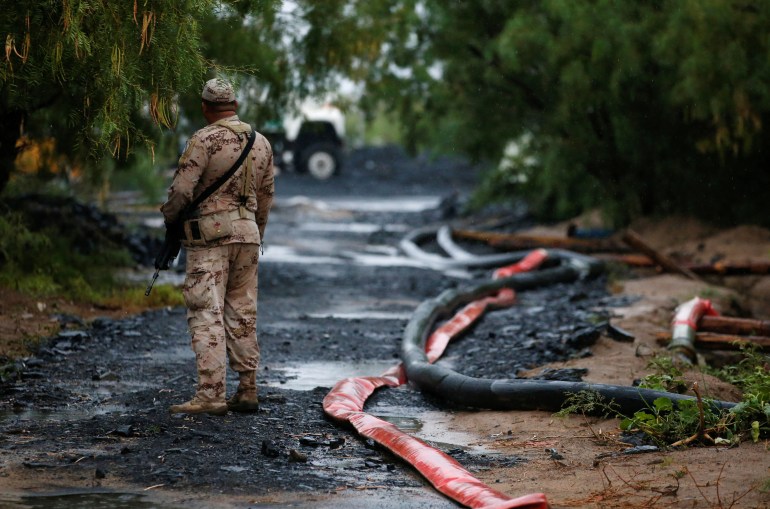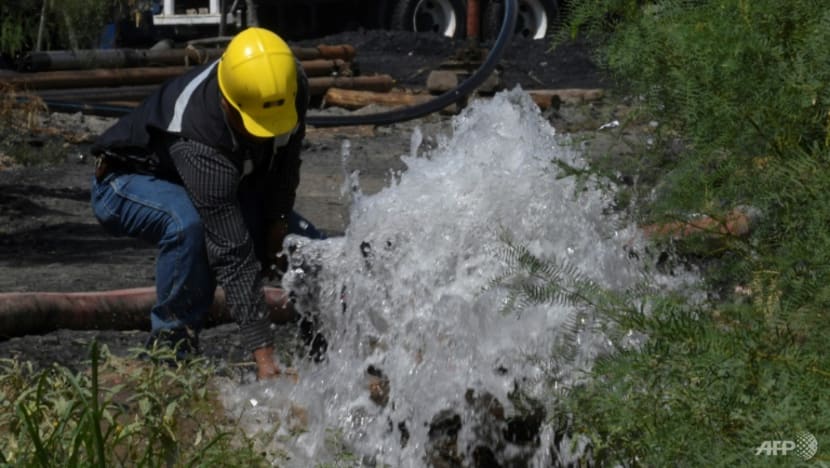ZIONIST ETHNIC CLEANSING
Israeli police kill Palestinian in east Jerusalem raid
The incident came a day after a Palestinian gunman opened fire at a bus outside Jerusalem's Old City

Article content
JERUSALEM — Israeli police shot and killed a Palestinian man on Monday, claiming he had attempted to stab officers during a raid in east Jerusalem.
Advertisement 2
The officers were conducting a search for illegal weapons in the east Jerusalem neighborhood of Kafr Aqab, police said. When officers approached the home, the man, armed with a knife, tried to stab them, police alleged. They fired on the suspect and he was later pronounced dead, police said.
Ibrahim al-Shaham, the man’s father, told journalists that troops pounded on the door of their house at 3:30 a.m. and then used explosives to blow up the door to the home. Al-Shaham said police fired three bullets, one hitting his son, Mohammed, 21, in the head. Al-Shaham said his son was left bleeding on the floor of the house as police searched the apartment.
He denied that his son attempted to stab the officers, and said that the police found no weapons in the home.
Advertisement 3
Article content
Human rights groups have accused Israeli security forces of frequently using excessive force against Palestinians, without being investigated or held accountable.
The incident came a day after a Palestinian gunman opened fire at a bus outside Jerusalem’s Old City, wounding eight, among them U.S. citizens
The U.S. State Department condemned the Jerusalem attack late on Sunday, and said at least five of the victims were American citizens. “We remain in close contact with our Israeli partners and stand firmly with them in the face of this attack,” said State Department spokesman Ned Price.
The Jerusalem violence followed a tense week between Israel and Palestinians in Gaza and the West Bank. An Egyptian-brokered cease-fire that was reached last week ended three days of fighting between Israel and Palestinian militants in Gaza that saw at least 49 Palestinians, including 17 children and 14 militants, killed.
A day after the cease-fire halted the worst round of Gaza fighting in more than a year, Israeli troops killed three Palestinian militants and wounded dozens in a shootout that erupted during an arrest raid in the city of Nablus in the occupied West Bank.













